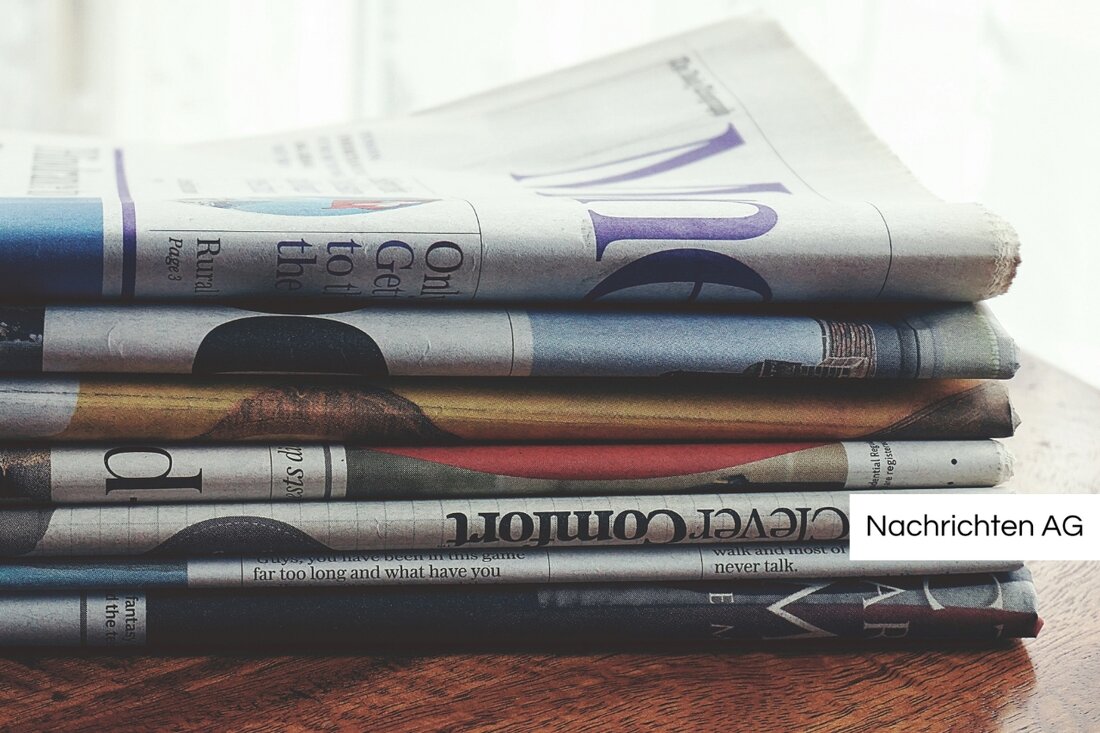Government shines with 230 social media channels: Focus on costs and transparency!
The traffic light government uses 230 social media channels for political communication. High costs and data protection concerns shape the discussion.

Government shines with 230 social media channels: Focus on costs and transparency!
The federal government has greatly expanded its presence on social media. It currently operates 230 active social media channels, which is the highest presence ever achieved in this area. This initiative was launched by a parliamentary request from the FPÖ general secretary Michael Schnedlitz. While the government has published some figures on circuit costs, information on internal personnel costs remains largely secret, such as Vol.at reported.
The expenses for the online presence added up to just under 240,000 euros in the second quarter of 2025, exclusively for paid content. The government did not provide any information when asked about personnel costs. Interior Minister Gerhard Karner (ÖVP) and Transport Minister Peter Hanke (SPÖ) are particularly active in the use of these platforms, who look after a total of 104 channels. Karner uses his channels in particular for security communication and as part of the “Safe” project, while Hanke has taken over many channels from his predecessor Leonore Gewessler.
Distribution of channels and challenges
The government's social media channels are distributed on platforms such as Facebook, X (formerly Twitter), Instagram, YouTube and Tiktok. However, the use of TikTok by government agencies raises concerns about data protection. While visibility in social networks is increasing, there are also questions about transparency regarding the costs and the structure of these activities. The cost factor of the Ministry of Transport represents half of the total expenditure at 120,000 euros.
Social media play a central role in political communication. They enable political actors to interact with citizens directly: interact and at the same time represent relevant sources of information in elections, such as Statista determined. Over 5 billion people use social media worldwide, while in Northern Europe almost 80 percent of the population frequent these platforms.
Changes in voter behavior and election campaigns
In Germany, the electorate is mainly informed online before elections. Younger age groups are increasingly falling back on digital channels, while older generations prefer traditional media. However, digital disinformation is a growing problem, since almost three quarters of the Germans came into contact with what the citizens' voting decisions can influence: inside. Tikok, X and Facebook users in particular are often affected by politically motivated disinformation, as also in the report of bpb.de is listed.
Overall, the use of social media opens up new opportunities for political actors to organize themselves inexpensively and to gain visibility. Thanks to a hybrid media system, citizens: interior, politicians: interior and journalist: interact with each other inside. Nevertheless, institutions are faced with challenges such as data protection, Hatespeech and polarization that play a central role in modern political communication.

 Suche
Suche
